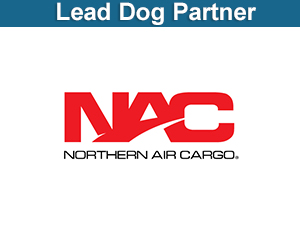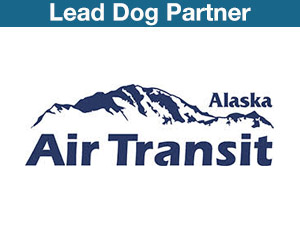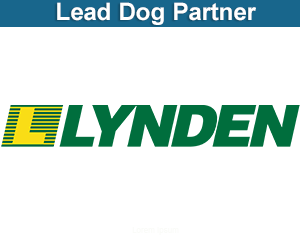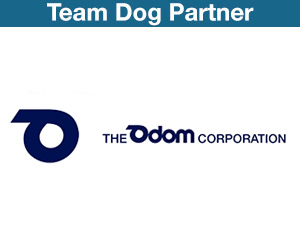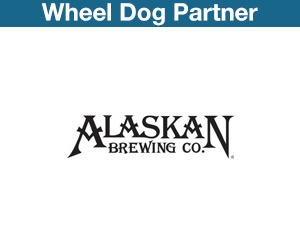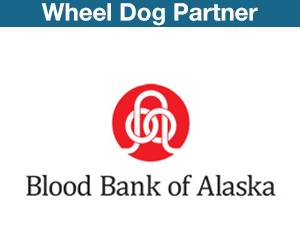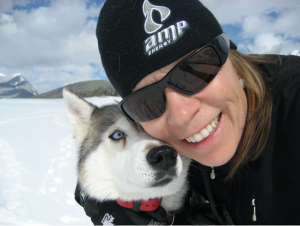
By Dr Veronica C Devall DVM,DACVSMR
Diplomate of the American College of Veterinary Sports Medicine and Rehabilitation
No, sled dogs do not use high carbohydrate diets nor do they “carb up” prior to a long distance race. The reason for this is that dogs and humans differ in their diets and nutrient selection from which they get their energy for running long distances.
Most high endurance human athletes use carbohydrate loading as a diet nutrition formula a few days prior to the event because carbohydrate loading in people is known to produce an increase in stored muscle energy. This increased muscle energy is known to prolong duration of exercise and individual performance.
Endurance sled dogs differ than their human athlete counterparts in that they have evolved and have adapted to using high fat and low carbohydrate diets to get their muscle energy requirements for long distance running. Simply put, energy is supplied in a diet by protein, fat and carbohydrates. These nutrients provide different amounts of calories to the body. The amount of energy or amount of calories supplied when digesting and metabolizing fat versus protein or fat versus carbohydrates is more than double. When sled dogs eat a diet with a higher percentage of fat, this supplies more calories needed for distance racing. The amount of carbohydrates in a typical endurance racing sled dog diet may be only 10% of the total diet while the fat content can be as high as 60-70%.
One must be reminded that dietary energy requirements for an endurance sled dog will vary substantially with additional factors such as load pulled, changes in terrain and external temperature. There are numerous reports of caloric intake in racing sled dogs. Some studies show as high as an average of 10,000 calories/day/dog in a long distance race such as the Iditarod!
Athletes rely on oxygen intake through the lungs and the respiratory system being delivered to all cells in the body. This oxygen is then used at the cellular level to produce energy to supply the muscles and the demands of aerobic exercise such as marathon running.
The maximum aerobic metabolic rate or VO₂ max refers to how much oxygen the body can absorb and use during exercise. The greater the VO₂ max, the more oxygen the body can consume. The higher the VO2 max, the higher the aerobic fitness level. This means that the body is better able to handle aerobic fitness activities that require a lot of oxygen intake such as long distance running, cycling and swimming.
Sled dogs have a very high VO2 max (2 times that of a tour de France cyclist), remarkable endurance performance and high aerobic capacity. This equates to the endurance sled dog being able to run for extended periods at sustained speeds without tiring. The typical high fat diet that endurance sled dogs consume will meet their abundant aerobic energy needs.
While the human marathon runner is “carb loading” before his 26-mile one day race, the sled dog along with his teammates enjoy several tasty high caloric fatty meals throughout the day over the course of 10 race days covering 1,100 Iditarod miles! These sled dogs are truly super athletes!
Disclaimer: The Content is not intended to be a substitute for professional veterinary medical advice, diagnosis, or treatment. Always seek the advice of your veterinarian with any questions you may have regarding a medical condition for your pet.









